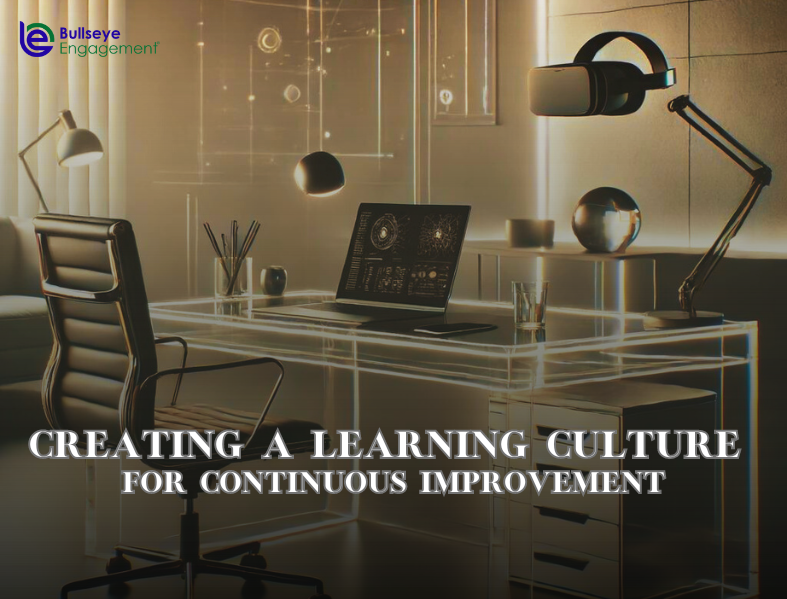In today’s rapidly evolving business environment, the ability to continuously improve through learning is paramount. Organizations that foster a culture of continuous learning are better equipped to adapt to change, innovate, and maintain a competitive edge. This blog explores how creating a learning culture can lead to substantial benefits for both employees and the organization as a whole.
a) Understanding the Foundations of a Learning Culture
1. What is a Learning Culture?
A learning culture is an organizational environment that promotes an ongoing commitment to learning and development. This culture encourages employees to acquire new knowledge and skills and to apply them to improve job performance and outcomes.
2. The Importance of a Learning Culture
Embracing a learning culture not only drives individual employee growth but also enhances overall organizational agility. Organizations with a strong learning culture are more adaptive to market changes and technological advancements, which is critical in today’s fast-paced business world.
b) Key Elements of Building a Learning Culture
1. Encouraging Continuous Learning
One of the core elements of fostering a learning culture is the encouragement of continuous, lifelong learning. Organizations can support this by offering various learning opportunities, such as workshops, seminars, online courses, and cross-training programs.
2. Integrating Learning with Daily Work
Learning should be seamlessly integrated with daily work processes. Employees should have access to learning resources directly applicable to their work tasks, which can help them solve problems and perform their jobs more effectively.
c) Benefits of a Learning Culture
1. Increased Employee Engagement and Satisfaction
Employees in organizations with a strong learning culture typically report higher levels of engagement and job satisfaction. They feel valued and see personal growth and career advancement opportunities.
2. Enhanced Innovation and Performance
Organizations that prioritize learning are often at the forefront of innovation. Continuous improvement through learning leads to new ideas and solutions, improving the organization’s performance and competitive position.
d) Implementing a Learning Culture
1. Leadership and Support
Leaders play a critical role in establishing and nurturing a learning culture. They must lead by example, demonstrating a commitment to their own development and actively supporting their team’s learning initiatives.
2. Providing Resources and Tools
To effectively implement a learning culture, organizations need to provide the necessary resources and tools. This includes access to learning materials, time for learning activities, and technologies that facilitate both individual and collaborative learning.
e) Measuring the Impact of a Learning Culture
1. Tracking Progress and Outcomes
It’s important to measure the effectiveness of learning initiatives to ensure they contribute to organizational goals. Metrics can include employee competency levels, performance improvements, and the overall impact on business results.
2. Continuous Feedback and Adaptation
Feedback mechanisms should be in place to continually adapt learning strategies based on what is or isn’t working. This ensures that the learning environment remains relevant and effective.
Conclusion
Creating a learning culture is a strategic investment that can lead to significant long-term benefits, including enhanced employee performance, greater innovation, and increased organizational agility. By fostering an environment where continuous improvement is part of the fabric of your organization, you set the stage for ongoing success and sustainability in a constantly changing business landscape.

















